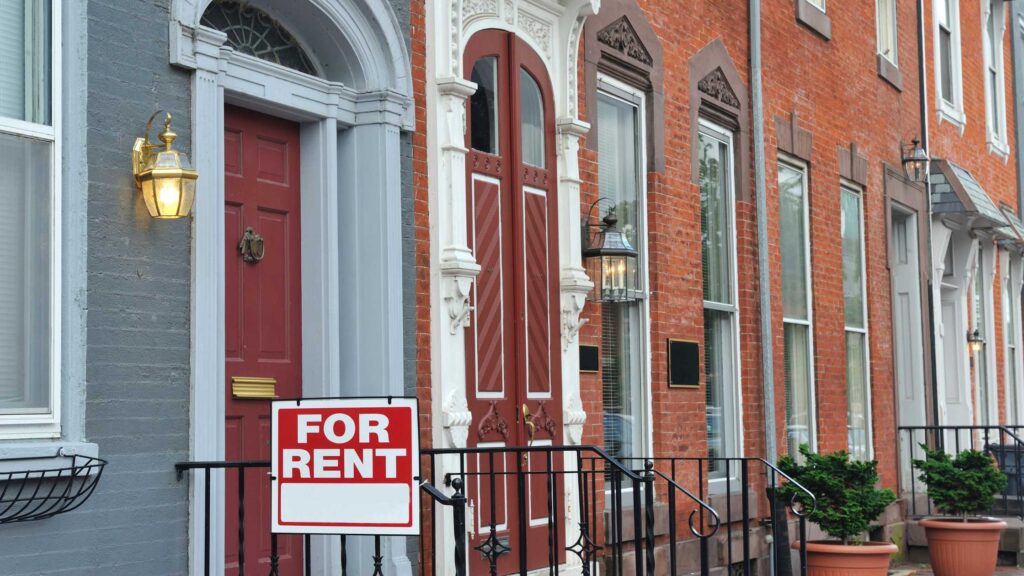Rent control is a highly debated and complex topic in the realm of housing regulations. It has a significant impact on tenants, landlords, and the overall availability of affordable housing. In this article, we will delve into the fundamentals of rent control, how it works, and where it is commonly applied.
What is Rent Control?
Rent control is a set of policies enacted by local governments that regulate the amount of rent that can be charged for residential properties. These policies aim to protect tenants from excessive rent increases and ensure affordable housing remains accessible in certain areas. Rent control measures generally establish a maximum allowable rent increase and limit the circumstances in which landlords can raise rents.
Understanding the Purpose of Rent Control
The primary goal of rent control is to promote housing affordability and stability for tenants. By limiting rent increases, rent control policies aim to prevent unreasonable hikes that could force tenants out of their homes. This provides a sense of security for renters, particularly in areas with high housing costs or significant income disparities.
Additionally, rent control policies often aim to address housing shortages and reduce homelessness by ensuring that low-income individuals and families have access to affordable housing options. By keeping rents at more manageable levels, rent control can contribute to stable communities and minimize displacement.
How Does Rent Control Work?
Rent control policies typically dictate two essential components: rent increase limits and eviction regulations. The specific details can differ significantly from one jurisdiction to another, illustrating the complexities of diverse rent control systems.
- Rent Increase Limits: Rent control ordinances establish regulations on how much a landlord can increase the rent each year. These limits can vary, but typical rent control ordinances tie rent increases to a percentage or inflation rate decided by local authorities. For example, a rent control ordinance might state that landlords can only increase rents by 3% annually.
- Eviction Regulations: Rent control often includes provisions to regulate evictions. These regulations aim to protect tenants from arbitrary eviction and prevent landlords from using eviction as a way to bypass rent control rules. Common provisions include “just cause” requirements, which specify valid reasons for eviction, such as non-payment of rent, property damage, or violation of the lease agreement.
Where is Rent Control Applied?
Rent control policies are not widespread and exist mainly in specific cities or areas. While many jurisdictions in the United States, such as New York City and San Francisco, have implemented robust rent control measures, many others have no rent control regulations in place.
Cities with high housing costs and significant population density often see rent control as a necessary means of ensuring housing affordability. These areas commonly experience high demand for limited rental housing, making it crucial to protect tenants from exorbitant rent increases. However, the effectiveness and impacts of rent control can vary from one place to another, and it is a subject of ongoing debate among economists and policymakers.
The Pros and Cons of Rent Control
Rent control has both advantages and disadvantages, and viewpoints on its effectiveness can differ significantly. Here are some key pros and cons to consider:
Pros:
- Affordable Housing: Rent control can help maintain affordable housing options, particularly for low-income individuals and families, in areas with high housing costs.
- Tenant Protection: Rent control offers tenants protection from excessive rent hikes, providing stability and security in their housing situations.
Cons:
- Reduced Investment Incentives: Rent control policies may discourage landlords from investing in their properties or constructing new rental units due to the potential limitations on their rental income.
- Reduced Housing Supply: Critics argue that rent control can suppress housing supply by discouraging landlords from renting out their properties or converting them to other uses.
It is important to note that the impacts of rent control can be complex and can vary depending on the specific circumstances of each jurisdiction.
Summary
Rent control serves as a regulatory mechanism to ensure housing affordability and protect tenants from excessive rent increases. By imposing rent increase limits and eviction regulations, rent control aims to create stable and accessible housing options in certain areas. While it may offer tenants protection and affordable housing, the potential drawbacks include reduced investment incentives and potential negative impacts on housing supply. As the debate over rent control continues, understanding its principles and application is vital for renters and landlords alike.







